Types of Vanilla
Types of Vanilla by Region
The Character and quality of a Pure Vanilla Extract is determined by the region of the world in which the bean is cultivated, as well as the manner by which it is processed. Processing varies greatly from region to region with curing times ranging between two to eight months.
 Madagascar
Madagascar
From the Indian Ocean area; of the vanilla plantifolia species. Cultivated by the French on the Island of Reunion, which is east of Madagascar, and was known at that time as the Island of Bourbon. The beans processed here are superior, with flavor and aromatic qualities not found in any other vanilla-growing region in the world. Vanilla extracts made from these beans have a smooth, rich flavor and a deep brown color, plus a wonderful aroma.
 Mexico
Mexico
Mexican beans also come in a variety of grades. Unfortunately, they are no longer of the top quality that they were prior to a devastating freeze in the late 1950′s which destroyed most of the vanilla crop. Beans tend to be overly moist and mold easily. Chocolate brown to black in color, their aroma is clean and delicate.
 Guadeloupe
Guadeloupe
From the Atlantic Ocean area, of the Pompona species. They tend to be reddish in color with pods that are not uniform in appearance. These beans also tend to be more fragrant than those of Madagascar.
 Tahiti
Tahiti
From the Pacific Ocean area, of the Vanilla Tahitensis species. These are good beans, medium to dark brown in color, with very high aromatics. Tahitian beans contain only half the vanillin of Madagascar beans. Thus, even though the beans emit strong overtones of heliotropine (a vanilla aroma), their flavor is less than half as strong as Madagascar beans. Extract made from Tahitian beans will not have as rich a flavor as extract made from Madagascar beans.
 Indonesia
Indonesia
Produced in Indonesia and Bali, these beans are picked early and are underdeveloped. Curing is done over wood fires for only two or three weeks. This combined with the lack of ripening time on the vine makes for a low flavor quality. Smoky aroma and bitter taste can be easily detected.
Grades of Vanilla
Grades of Vanilla Beans
When the curing process has been completed, vanilla beans are graded for quality. Beans are separated according to length, plumpness, color, shape, appearance, and moistness. Better quality beans demand a higher market value
The Qualities, or Grades, of Vanilla Beans are as follows:
Prime
Whole, uniform, fine, fatty, oily pods. Deep, dark, chocolate brown in color. No defects, blemishes, or galls. Pleasant aroma, pliable with good moisture content, about 8 inches in length. The finest of all beans.
1st
Similar in quality and characteristics to Prime grade beans, but slightly less fatty.
2nd
Slightly smaller than Prime and 1st grade, and not as fatty. Dark brown in color with a good aroma. About 6-7 inches in length.
3rd
The pods are not uniform; they are thinner, twisted, and not as pliable as higher grades. The skins tend to be harder with a low moisture content. Reddish-brown in color with numerous galls. Fair aroma; about 5-6 inches in length.
4th
(Ordinary) pods may have numerous galls, are reddish in color, and have no distinguishing characteristics.
Inferior
The lowest category which contains all pods that cannot be classified into one of the above categories. Pods are of varied lengths, are reddish in color, and are hard and dry with low moisture content.
These six grades of beans are used to classify the Bourbon Madagascar variety. Mexican grades are very similar to the Bourbon. There are six corresponding grades of “split” beans (beans whose skins have split during the curing process). Manufacturers generally use a mixture of several grades, and sometimes, a variety of bean types when making Pure Vanilla Extract.
Vanilla Categories
Vanilla Categories
Standards have been set by the FDA to classify the various consumer vanilla products. This enables consumers to easily determine exactly what type of vanilla product they are purchasing.
Category 1 ~ Pure Vanilla only
Product must contain extractives from the vanilla bean.
Category 2 ~ Vanilla-Vanillin
Products that contain pure vanilla extractives and vanillin. Vanillin is a product derived from certain coniferous trees. Of the many ingredients found in vanilla bean, it is vanillin that gives pure vanilla its flavor.
Category 3 ~ Imitation Vanilla
The Flavoring ingredients in these products are Vanilla and/ or Ethyl Vanillin, an artificial product 2 to 3 times stronger than Vanillin. Many other flavoring and aromatic ingredients may be used in this category to produce different flavor tones and concentrations.
These categories can be observed in the spice and ice cream sections of your grocer’s shelf:
|
Category 1 |
Category 2 |
Category 3 |
| Pure Vanilla Extract | Artificial Vanilla Extract | Imitation Vanilla |
| Pure Vanilla Flavor | Artificial Vanilla Flavor | Imitation Vanilla Extract |
| Vanilla Ice Cream | Vanilla Flavored Ice Cream | Imitation Vanilla Flavored Ice Cream |
The alcohol content of the product also determines its labeling. FDA regulations require that Pure Vanilla Extract contain a minimum of 35% alcohol. Products below this percentage are classified as flavors: for example, Pure Vanilla Flavor is a product that contains only pure vanilla extractives, but does not meet the minimum alcohol content for an extract.
An Imitation Vanilla Extract would contain a minimum alcohol content and flavorings derived from artificial ingredients.
Vanilla Standards and Processing
Vanilla Standards and Processing
Standards for Vanilla are set by the Federal Food and Drug Administration. The only ingredients that can be used to manufacture Pure Vanilla Extract are vanilla beans, alcohol, water, sugar and/or corn syrup, and glycerin, which is used to retain flavor and deepen the color. No other ingredient is allowed in the production of a Pure Vanilla Extract.
While these standards control what can go into a Pure Vanilla Extract, they do not control the quality of the ingredients used. Thus, they do not dictate the grade and origin of the beans which determine the taste and quality of the finished product.
As established by the FDA, a gallon of Single-Fold Pure Vanilla Extract should contain the extractives of 13.35 ounces of beans at no more than 25% moisture content. A Two-Fold Pure Vanilla Extract should contain the extractives of 26.7 ounces of beans, a Three-Fold 40.05 ounces, and so on. After processing, the minimum alcohol content must be 35% and the vanillin content must be .11 grams per 100ml. Anything less than these standards is labeled and classified as a Pure Vanilla Flavor, not as an extract.
Very often, the extractives of 13.35 ounces of beans per gallon will yield a vanilla content higher than the minimum set by the FDA. Since vanilla beans are the most expensive component, some manufacturers will adulterate this standard either by using fewer beans, or by adding more water and alcohol to the finished product. Thus, they bring the vanillin content down to the bare minimum while still meeting the above standards.
The processing of vanilla begins by putting the beans through a milling machine which chops them into coarse pieces to expose the vanillin contained inside the vanilla pod. Next, the chopped beans are placed in a large stainless steel tank with an alcohol and water solution. This solution, called a menstrum, is continually circulated over the beans, dissolving the vanillin contained in them. Several menstrums are usually needed to remove the vanillin. Some processors may also heat this solution for maximum extraction. Upon completion of this process, the product is drained off and bottled.
The Importance of Aging
The Importance of Aging Vanilla
Like fine bordeaux wines, champagne cognacs of France, and magnificent sherrys, Pure Vanilla Extract requires slow aging in order to develop a full-bodied character. Chemical changes take place during the aging process allowing for the formation of esters from acids, which develops aromas and aldehydes, thereby producing the full complexity of the extract. These changes first become evident at three weeks after bottling, when the bitterness begins to diminish. Within three months, the changes become even more noticeable in taste and particularly in aroma. When aged over six months, the character and complexity of the extract matures, producing topnote essences with smooth, rich taste.

How To Taste
Vanilla Tasting Instructions
The tastes of Pure Vanilla Extracts are as varied as that of a common brandy to a fine, aged Cognac. Most people, however, have never really tasted for vanilla quality. The differences can be so dramatic that, once experienced, they will never allow you to settle for ordinary vanilla again. This is one of the reasons why gourmet ice cream shoppes are so particular and demanding in their selection of Pure Vanilla Extract, the base flavor for virtually all ice creams.
There are several ways to taste vanilla:
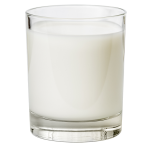 |
MilkAdd 1 teaspoon of Pure Vanilla Extract to a 6 ounce glass of fresh, cold milk. (If the milk is not fresh, bitterness will be apparent in the tasting.) Thoroughly stir in the vanilla. Slowly sip the mixture while aerating over the tongue to the back of the mouth. |
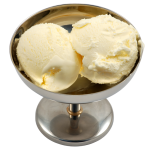 |
Ice CreamPour 1 teaspoon of Pure Vanilla Extract over a scoop of “vanilla ice cream.” (Unflavored ice cream would be preferable, but it is not available in grocery stores.) The ice cream should be slightly softened. Spoon up some of the softened ice cream along with the vanilla extract, place in your mouth, and, with the tongue, press it to the back of your mouth to dissolve. |
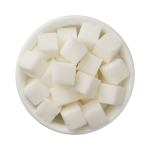 |
SugarPlace several drops of Pure Vanilla Extract on a cube of sugar. Place in the mouth and suck. When doing this test with a pure vanilla versus an imitation, the difference is immediately noticeable |
~ Our Vanillas ~
-
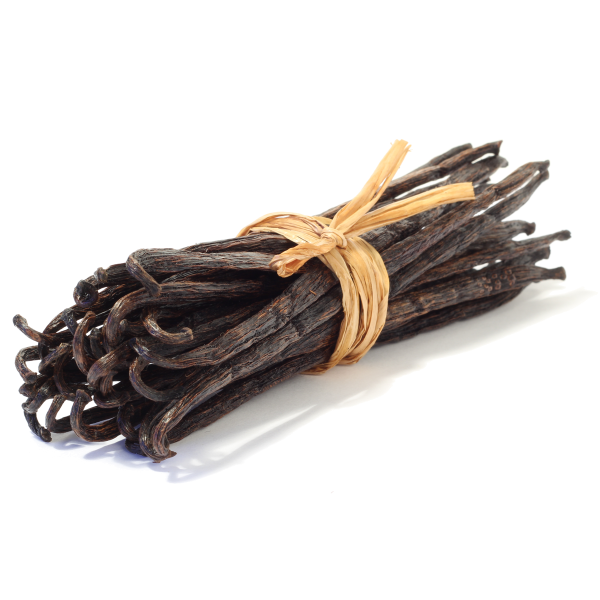
100% Prime Bourbon Madagascar Whole Vanilla Beans
-
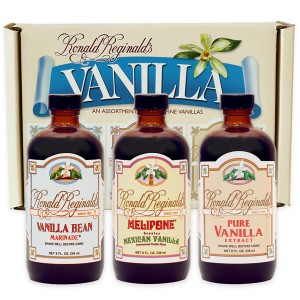
3 Vanilla Gift Set
$60.00 -
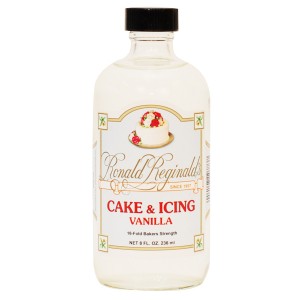
Cake & Icing Vanilla
$8.55 – $30.98 -
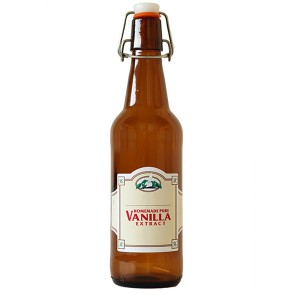
Homemade Pure Vanilla Extract Kits
-
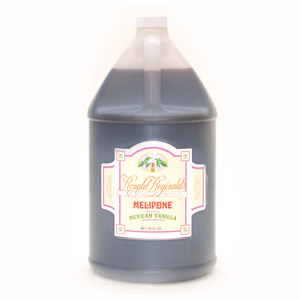
Melipone® Mexican Vanilla (GL)
$31.80 -
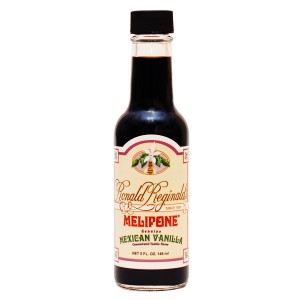
Melipone® Vanilla (5oz Shaker)
$4.95 – $53.52 -
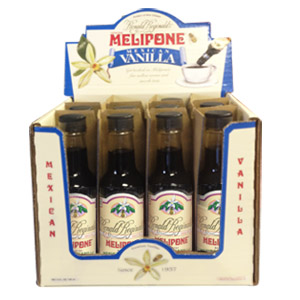
Melipone® Vanilla (5oz) (12-Box)
-
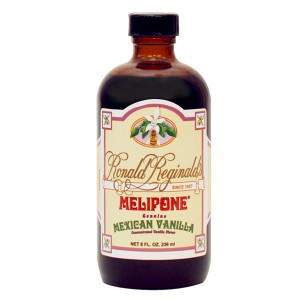
Melipone® Mexican Vanilla
$5.95 – $64.32 -
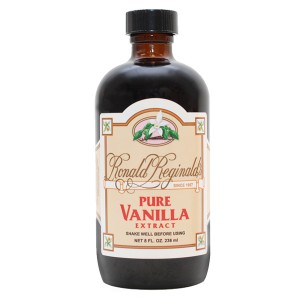
Pure Vanilla Extract
$24.36 – $292.32 -
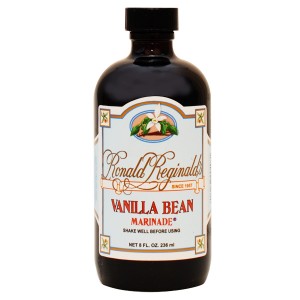
Vanilla Bean Marinade®
-
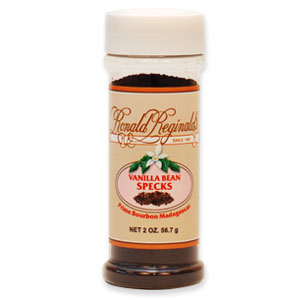
Vanilla Bean Specks
$5.27
